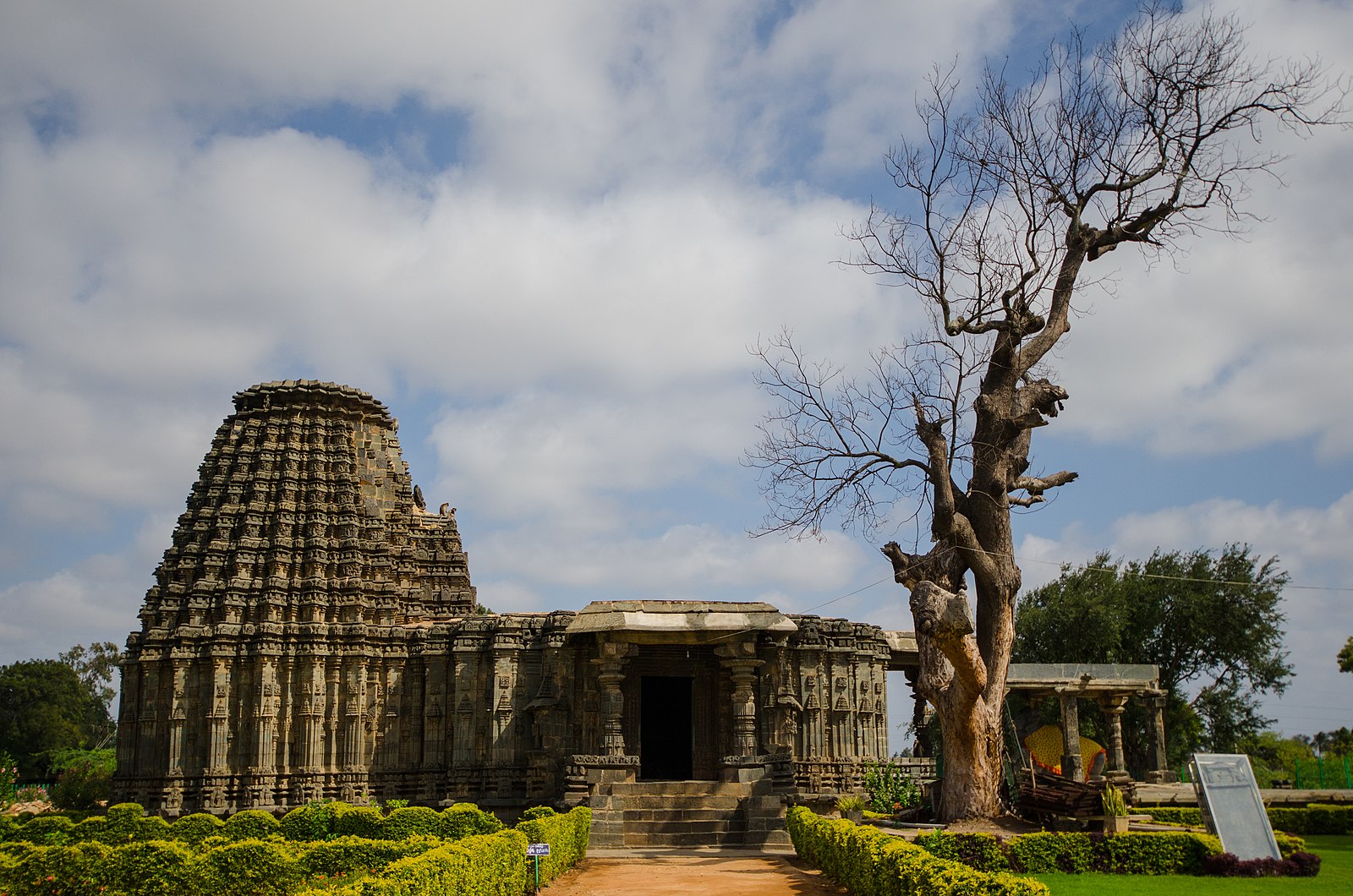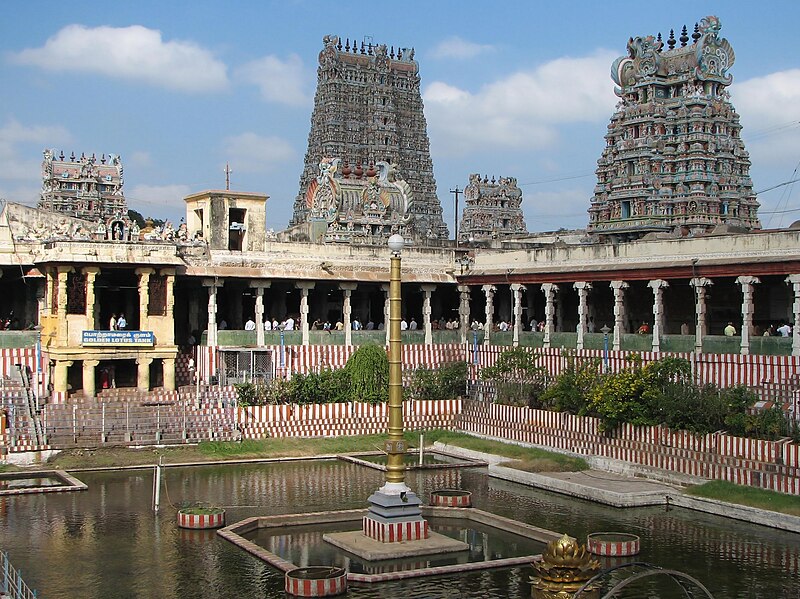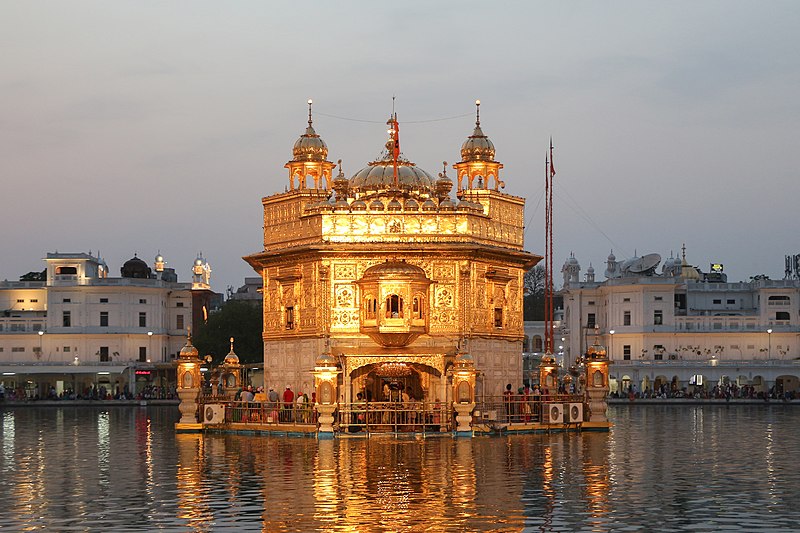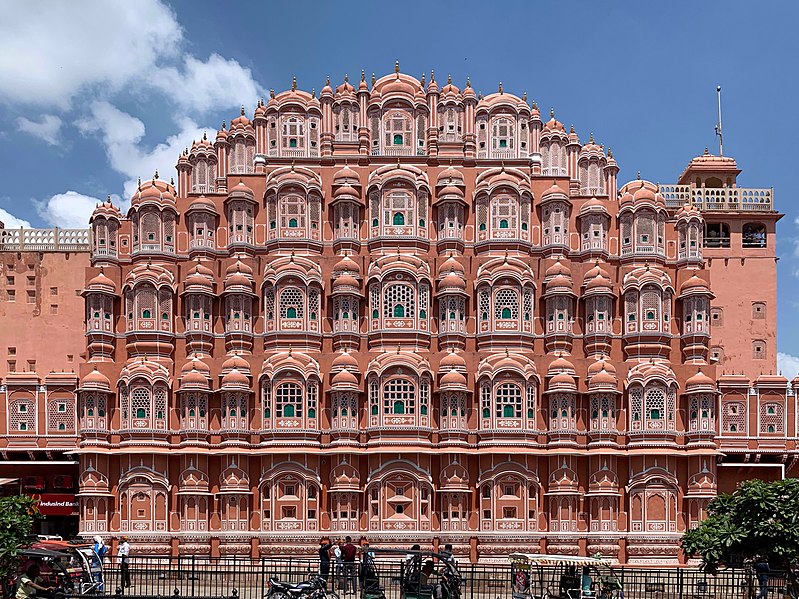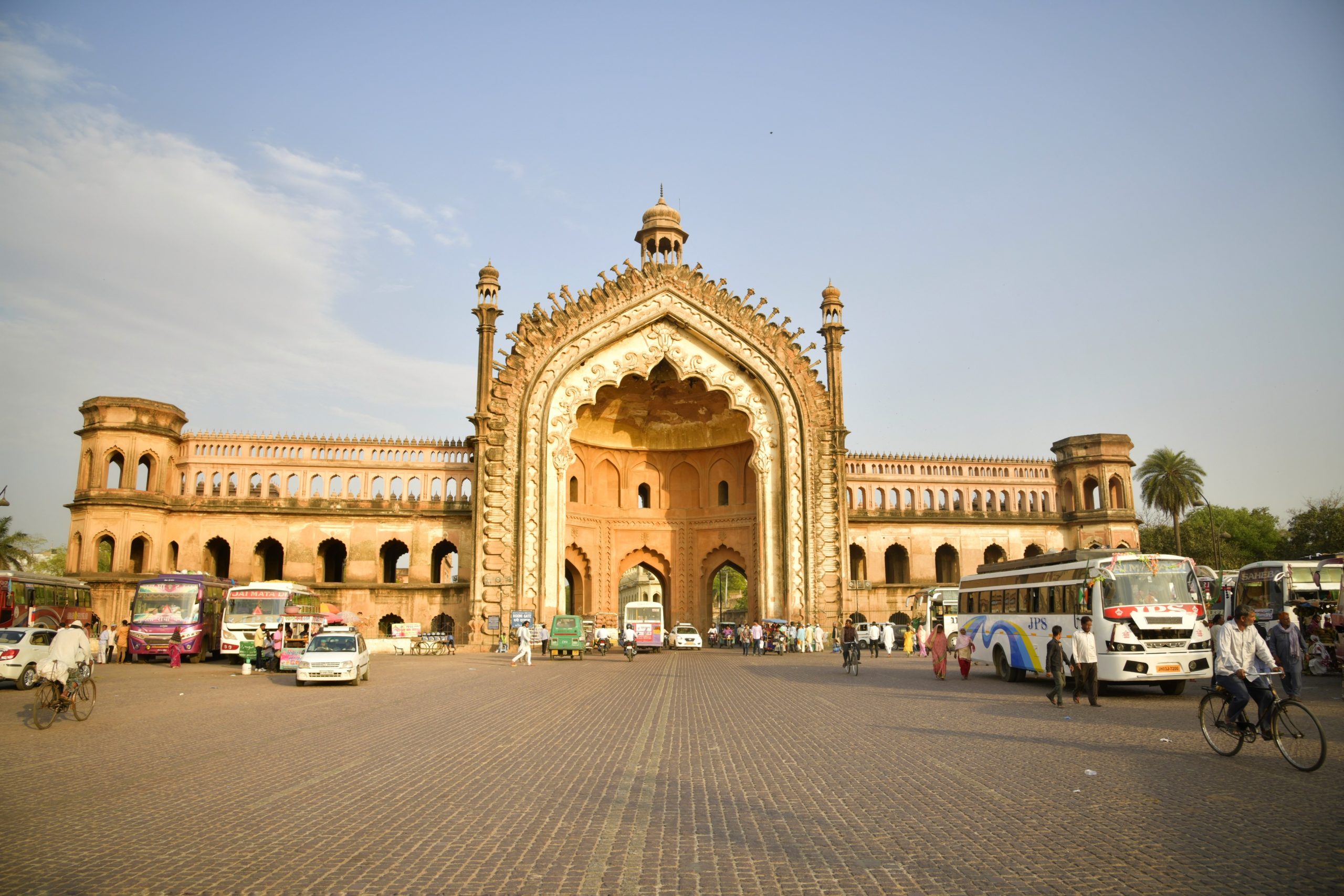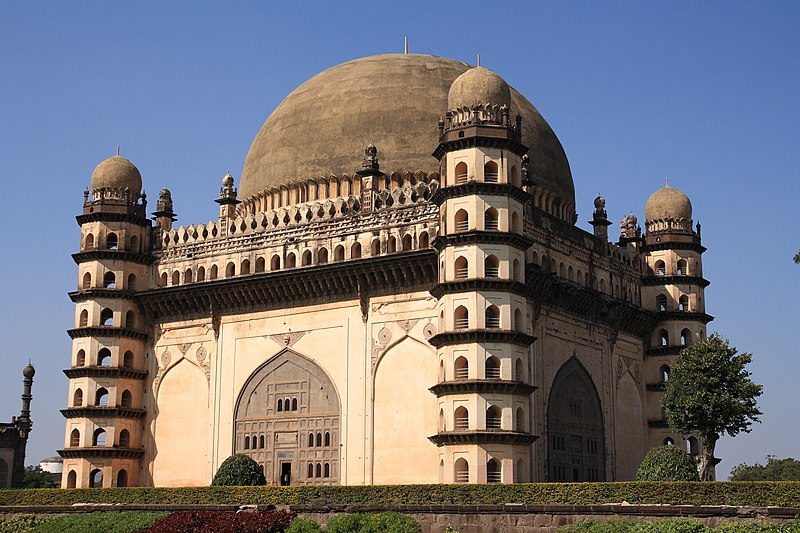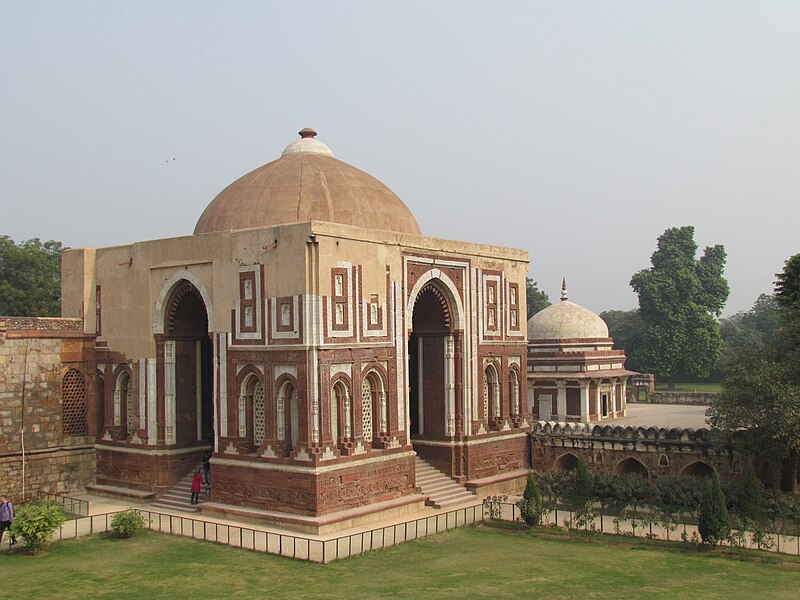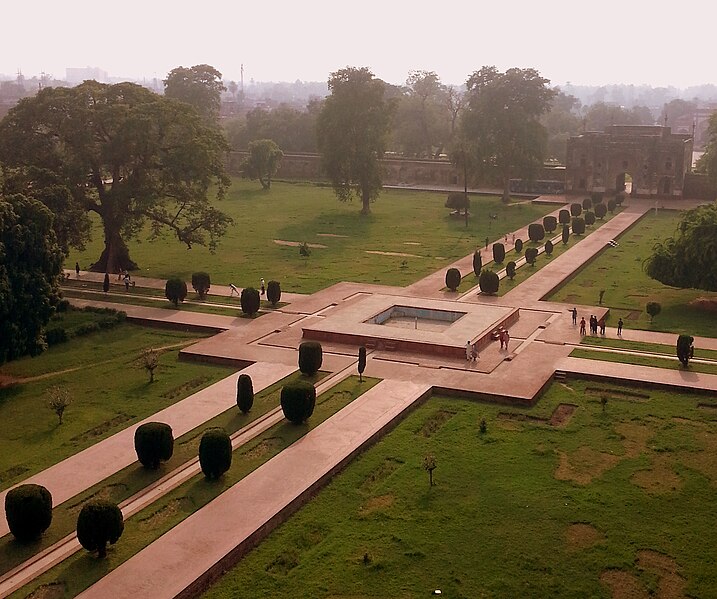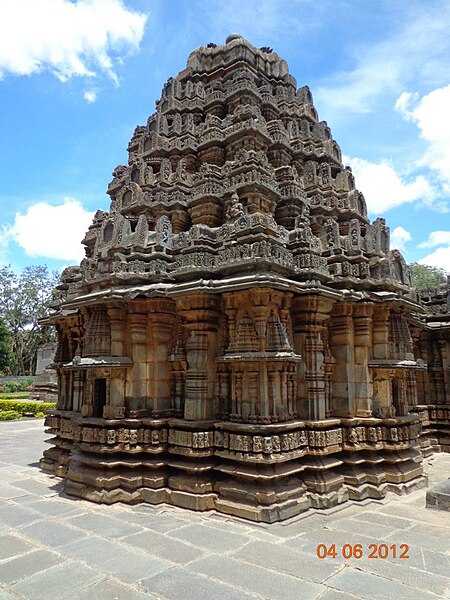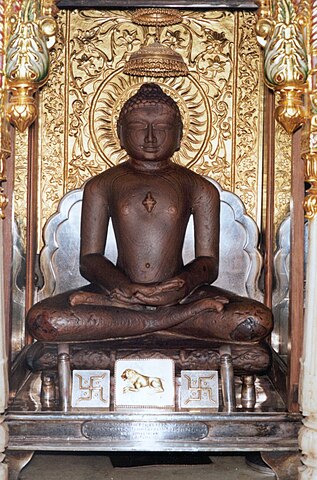Art and Culture
Vesara School of Architecture
Also known as the Karnataka school of architecture. It combined features of both the Nagara school and the Dravidian school. Basic Features Emphasis on vimana and mandapa. Open ambulatory passageway. The pillars, doorways, and ceilings were decorated with intricate carvings. … Continue reading
Nayaka School of Architecture
The Nayaka school of architecture flourished under the Nayaka rulers (16th – 18th centuries CE). It was also known as the Madurai School. It is similar to the Dravidian style but has Islamic influence. Basic Features Presence of Prakarams or … Continue reading
Sikh Style of Architecture
Emerged during the Mughal period. Developed in the Punjab region under the influence of Mughal and Rajput styles of architecture Basic Features Use of multiple Chhatris or kiosks on the top of the construction. Use of shallow cornices and onion … Continue reading
Rajput Style of Architecture
Emerged during Mughal period. The Rajput constructions of the period were influenced by the Mughal style of architecture. Basic Features are They used the concept of hanging balconies (jharokha), which were constructed in all shapes and sizes. The cornices were … Continue reading
Awadh Architecture
They are commonly found around regions of Lucknow. Built by the Nawabs of Awadh during the 18th-19th century CE. They built religious as well as secular structures. These structures were made mainly using mortar. Major Examples Bara Imambara, Lucknow – … Continue reading
Architecture During the Delhi Sultanate Period: Provincial Schools of Architecture
Bengal School (1203–1573 CE) Materials Used – bricks and black marble. The mosques built during this period continued the use of sloping ‘Bangla roofs’, which was previously used for temples. For Example – Qadam Rasul Mosque in Gaur. Pic Credit … Continue reading
Architecture During the Delhi Sultanate Period: Imperial Style
Slave Dynasty (1206 to 1290 CE) The style of architecture that came during this period is known as the Mamluk style of architecture. Most of the constructions were remodeling of the existing Hindu structures. For Example – the Quwwat-ul-Islam mosque … Continue reading
Architecture in Medieval India
Historical Background By the 12th century CE, the throne of Delhi had been occupied by an Islamic ruler, marking the onset of the medieval period of Indian history which witnessed the emergence of new architectural features like calligraphy, ornamentation using … Continue reading
Pala and Sena School of Architecure
Emergence of the School Emerged in regions of Bengal. Developed in the period between the 8th and 12th century CE under the patronage of the Pala dynasty and the Sena dynasty. Pala Dynasty The Palas were primarily Mahayana Buddhists who … Continue reading
Jainism
Vardhamana Mahavira Believed to have lived between (540-468 BCE) He was born at Kundagrama near Vaishali. Mahavira was a Kshatriya, son of Siddhartha (the head of Jantrika clan) and Trishala. At the age of 30, he became an ascetic and … Continue reading

